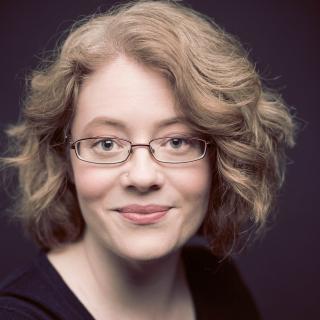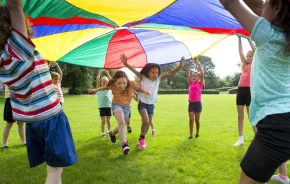
Has anyone else ever been encouraged to “foster interest” in science for their kids? If so, you may have rushed out to drop serious cash on science-focused toys. But before making any more of those purchases, consider exactly what you’re trying to foster. Here’s a little secret: Science isn’t about beakers and tubes and quadratic equations. Science is a way of thinking. Science is being curious enough to ask questions and staying interested long enough to answer them.
Here are a few activities designed to stretch your child’s concentration, ranging from a few minutes of engagement to a few hours of exploration.
Be warned: Things are going to get messy, but unless danger is imminent, I suggest you stand back and give your child space. Making a mess is way more fun without parents hovering.
Make a cardboard/pillow/blanket fort
Fort construction isn’t as simple as pushing three chairs together and throwing a flat sheet over them. You have to know which way to angle those chairs or the whole thing will collapse. To facilitate easy fort building, pick up a bag of spring clamps from your local hardware store.
Keep these and a fort-friendly sheet on standby for when you need two hours of time free from parenting.
Pro tip: To avoid a fight later on, be sure to set ground rules for what furniture can be used and how long forts can stay up.
Encourage kid chemistry
Every kid I know loves this activity, even the ones who like to pretend they’re too grown up to make messes.
You’ll need two empty bowls, a source of water and every half-empty box of pancake mix, decade-old jar of spice and leftover bag of grain you’re never going to use again lurking in the back of the cupboard. If you keep a box of baking soda in the fridge, grab that, too. You may want to throw in a measure full of vinegar just to keep things interesting.
Lay a drop cloth in a spot where you don’t mind having a huge mess (an outside location works best), and hand everything over to your kid(s) for experimentation. They will know what to do. You can check in frequently, but do not supervise. Set expectations early on about where to put garbage. They will need to know.
Pro tip: If you set up outside, be sure to point out which plants can be included in their experiments and which plants they should avoid.
Take stuff apart
The school my kids attend offers this as an elective class about once a quarter. Basically, it’s exactly what the title says.
Kids get gloves, eye protection, tools and a whole bunch of junk. Busted VCRs, DVRs, microwaves, toasters, dot matrix printers, speakers — if it’s junk, it’s fair game. Afterward, kids learn where and how to recycle stuff.
Pro tip: Expired child car seats are a great place to start.
Get cooking
Of all the things on this list, cooking is often underappreciated as a STEM-intensive activity. But what other discipline combines math, economics and artistic ability like cooking?
Start with a good kid-centered cookbook. Let your kid choose the recipe — no suggestions or helpful hints allowed. You don’t have to like it. Your child does.
Once they have a recipe, walk your kid through building a shopping list. At the store, let them do the shopping.
Back at home, you may need to help with the oven, but otherwise try to stay as uninvolved as possible.
My son discovered baking this way. His description of the process? “It’s like I learned a new superpower I didn’t know I had: the power of making brownies.”
More fun with science: |
Editor’s note: This article was originally published in 2020 and was updated in April 2024.











